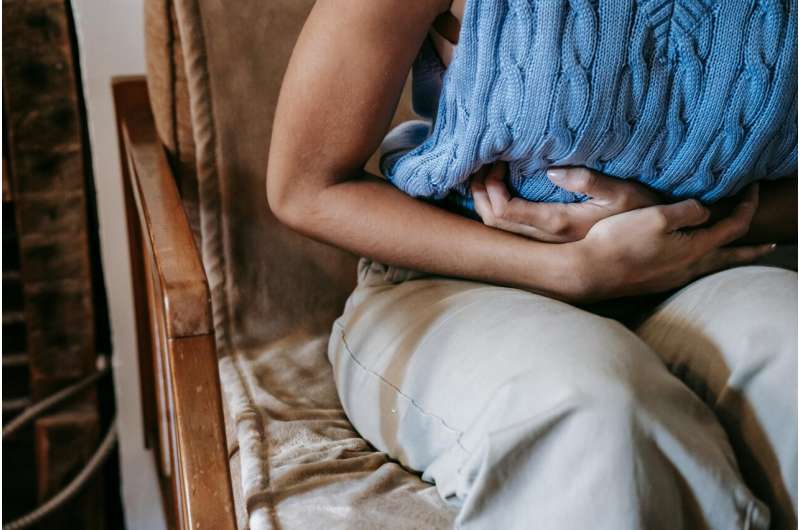Impact of Healthcare Provider Bankruptcies on Patient Care and Safety

Healthcare provider bankruptcies in the U.S. are rising, leading to lower care quality and increased risks for vulnerable residents, especially in nursing homes. A Stanford study highlights the urgent need for policy interventions to protect patient safety.
Recent trends indicate that healthcare organizations across the United States are filing for bankruptcy at unprecedented rates. Many of these organizations rely heavily on high-risk debt, which results in financial instability. This instability often leads to increased staff turnover, reduced quality of patient care, and heightened risks for vulnerable populations, especially elderly residents in nursing homes.
A groundbreaking study conducted by Stanford health economist Adrienne Sabety sheds light on how these bankruptcies directly affect patient outcomes. Focusing on long-term care facilities—integral to senior healthcare, which accounts for about a quarter of all U.S. healthcare bankruptcies—the research found that residents of financially distressed nursing homes are more likely to be hospitalized within 30 days of admission. They are also more prone to suffer from physical constraints, bedsores, and other injuries due to less experienced staff.
The study emphasizes that newly hired staff in troubled facilities lack familiarity with patient needs, which compromises care quality. The research team utilized comprehensive federal data, including payroll and patient health assessments, to analyze over 15,000 nursing homes employing roughly 1.4 million staff serving over 1.3 million residents daily.
Residents in these facilities face significant vulnerabilities: many suffer from physical ailments or cognitive impairments, and overall care quality is alarmingly low, with one in three Medicare patients experiencing harm or death attributed to substandard care. The researchers noted a troubling increase in healthcare debt, with the sector’s total debt doubling between 2019 and 2024. Many healthcare firms are now rated as speculative grade, struggling to keep up with debt obligations.
Their findings reveal that bankruptcies are associated with increased hospitalizations—by about 1.44 percentage points—and significant rises in the use of physical restraints and bedsores among residents. To mitigate these issues, the study recommends regulatory measures such as reducing or eliminating subsidies for healthcare debt, monitoring provider bankruptcies more closely, and even considering temporary federal intervention in extreme cases, akin to bank bailouts.
The study highlights the urgent need for policy changes to protect vulnerable patient populations from the adverse effects of healthcare provider financial failures. Ensuring financial stability within healthcare organizations is crucial to maintaining high-quality, safe patient care, especially in settings serving the most at-risk populations.
Source: https://medicalxpress.com/news/2025-05-health-bankrupt-patients-pay-price.html
Stay Updated with Mia's Feed
Get the latest health & wellness insights delivered straight to your inbox.
Related Articles
Maintaining Optimal Heart Health in Children Reduces Risk of Chronic Diseases in Adulthood
Good cardiovascular health in children significantly lowers the risk of chronic diseases later in life. Early lifestyle habits and clinical monitoring are key to fostering lifelong health.
Research Shows Cannabis Use Does Not Increase Heart Risks in Older Adults with Heart Disease
A groundbreaking study finds that cannabis use does not increase cardiovascular risks among older adults with heart disease, offering reassurance for seniors using cannabis products.



